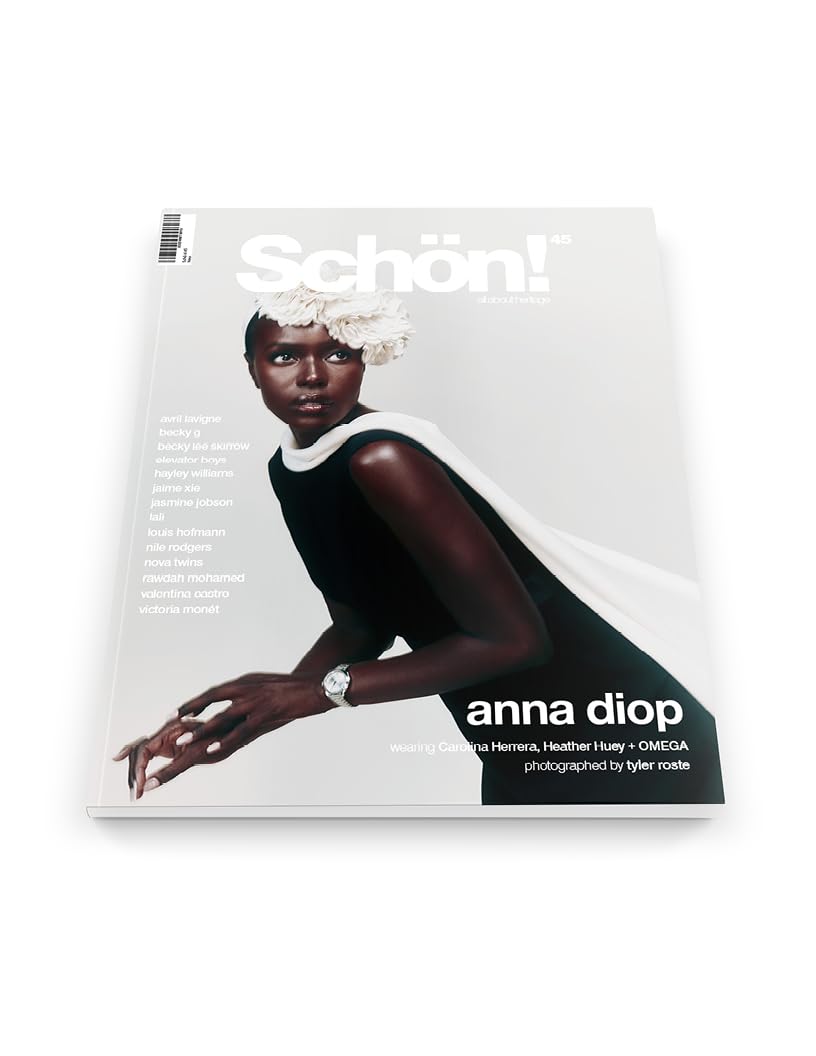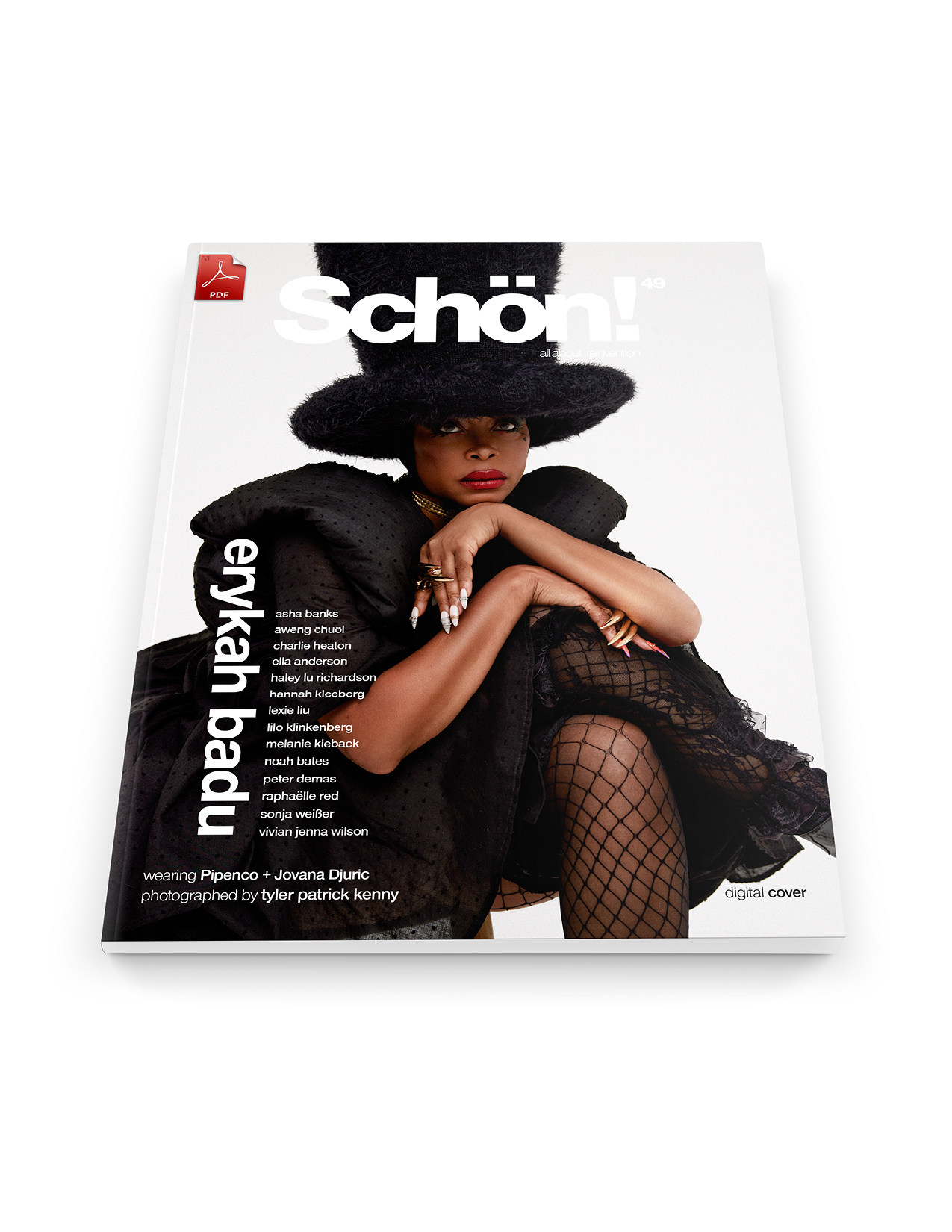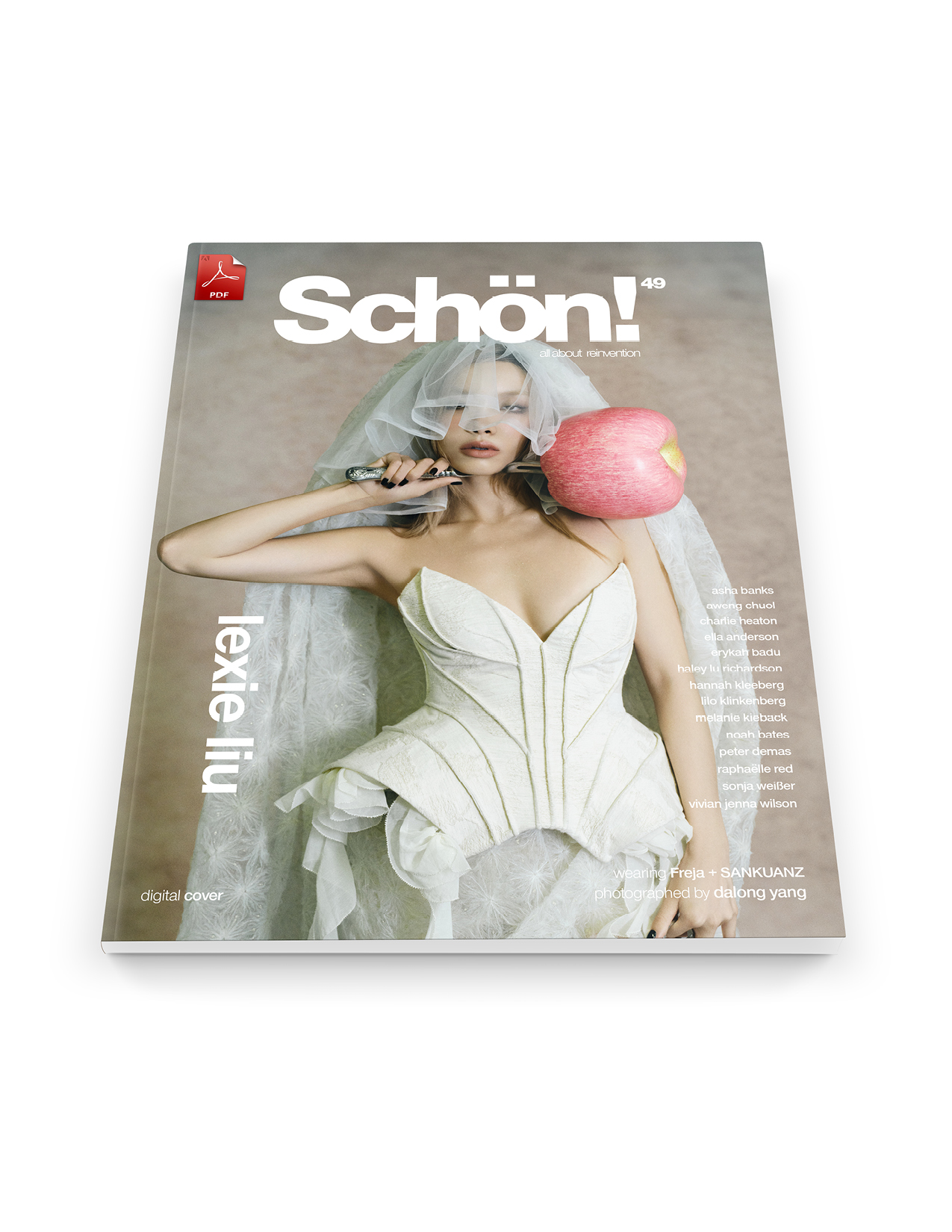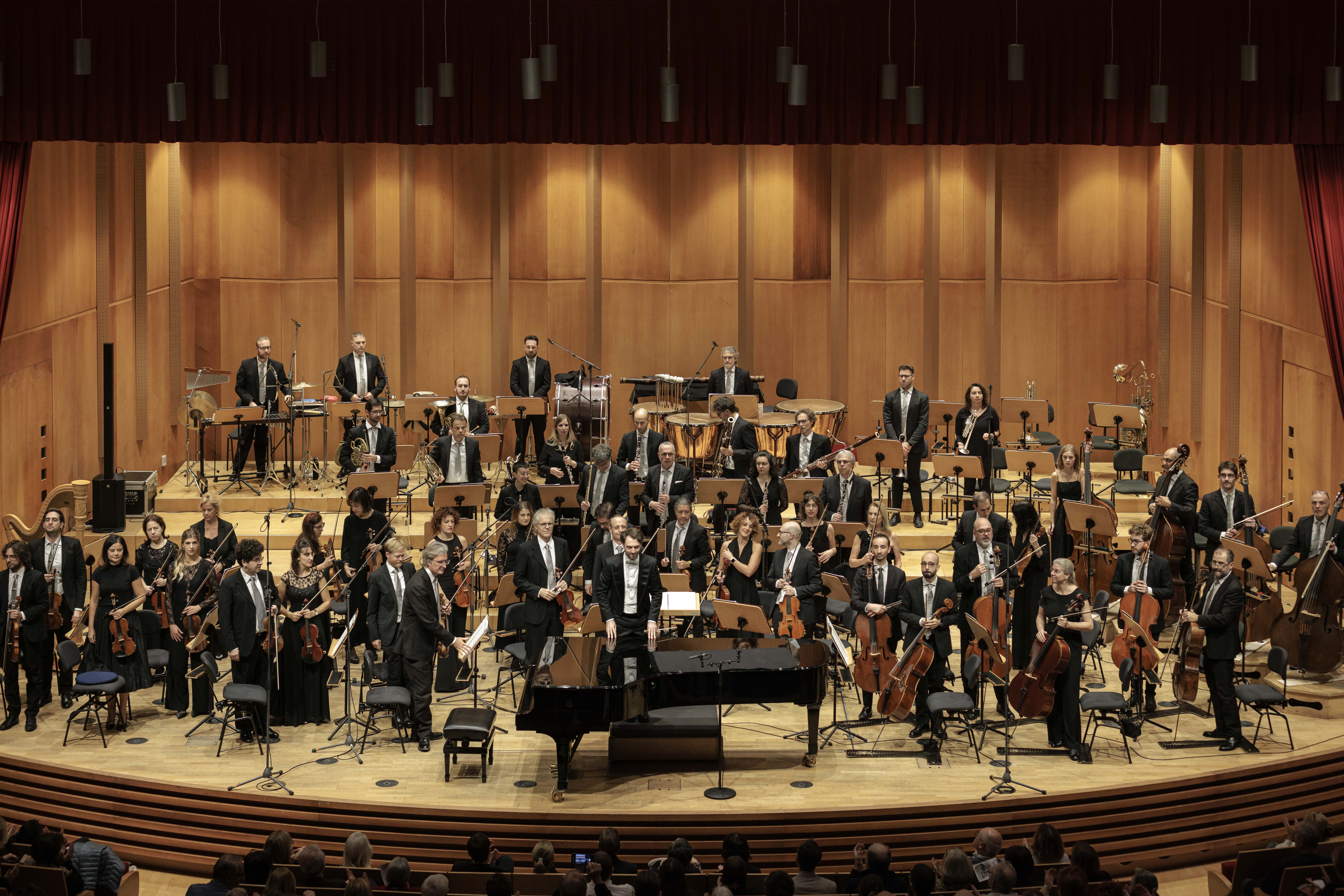
FEI Dressage World Cup™ Final, Riyadh 2024,Saudi Arabia
PATRIK KITTEL of Sweden reacts on TOUCHDOWN after winning Grand Prix Freestyle during FEI Dressage World Cup Final in Riyadh, Saudi Arabia, April 19, 2024.
In Saudi Arabia, 2024 marks The Year of The Camel, a celebration honouring the cherished connection between desert dwellers and their faithful companions. Camels, revered for centuries, stand as icons of resilience, navigating vast distances and bridging the divide of desert isolation. But as we revel in the festivities, let us not forget the esteemed role of another desert denizen—horses.
Over time, horses have been crucial, their presence etched in the poetry, folklore, and traditional ceremonies of Arabian culture. Symbolizing strength, nobility, and freedom, they have galloped through history, leaving a permanent mark on our collective consciousness. It is no coincidence, then, that Riyadh, with its rich tapestry of heritage, served as the host city for the esteemed FEI Dressage and Jumping World CupTM Finals this year. This event stands as a vibrant tribute to the enduring legacy of Saudi Arabia’s equestrian tradition, a celebration of the deep-rooted affinity between the Saudi Arabian people and these majestic creatures.
Saudi hospitality is highly valued. Combine that with the fine expertise and its increasing positioning as a major player in event management and hosting global events such as the FEI Dressage and Jumping World CupTM Final, and you will find a sublime location for the equestrian sport.
The venue serves as a canvas of transformation, where equestrian excellence can blossom in its full potential given the warm climate of the city. At its core lies a marvel of modernity, stables expansive and airy, a haven spanning 2800 square meters, where gentle breezes mingle with the rustle of hay. Comfort unites with practicality, ensuring a harmonious haven for both horse and rider. In the post-finals press conference, each winner lauded the remarkable climate and ideal conditions that blessed the horses.
Two indoor arenas stand as temples of preparation, where horse and rider could perform in silent harmony. But what truly sets this sanctuary aglow? ‘Tis the horse walking expanse, a verdant haven spanning 2700 square meters, a labyrinth of shaded paths where elegance roams freely. Here, the spirit of the horse finds solace and offers a remarkable insight into the preparations from a viewer’s perspective.
From every corner of the world, guests arrived at the venue, their diverse backgrounds converging in a colourful mosaic of cultures, representing over 20 nationalities. With tickets sold out for both the dressage and jumping events, the atmosphere filled with anticipation and excitement. As a few thousand observers filled the room, an infectious energy was created that electrified the air. United in their shared passion for equestrian excellence, spectators from all walks of life came together bound by the universal language of the sport.
A rare and remarkable moment occurred during the 2024 Longines FEI World Cup™ Finals. For only the second time since its inception, both the dressage and show jumping titles were claimed by riders from the same country. In a display of Swedish excellence, Henrik von Eckermann and his extraordinary horse King Edward secured the gold medal in jumping for the second year. Meanwhile, in the dressage, Patrik Kittel’s masterful performance propelled him to the top of the podium, clinching the gold for Sweden in a display of skill and precision. This historic achievement underscored Sweden’s dominance in both disciplines and added another chapter of equestrian greatness.

Longines FEI Jumping World Cup™ Final, Riyadh 2024, Saudi Arabia
HENRIK VON ECKERMANN of Sweden on KING EDWARD tackles a jump in Longines FEI Jumping World Cup Final 3 in Riyadh, Saudi Arabia, April 20, 2024.
The Kingdom has made significant investments in infrastructure, technology, and human resources to establish itself as a premier destination for international conferences, summits, exhibitions, and entertainment events. Besides the FEI World CupTM Final, one can dive deeper into the Saudi art wonders, paying a visit to the second edition of the Diriyah Contemporary Art Biennale, under the title “After Rain,” attended by 92 artists from 43 countries, including 30 artists from the Gulf region.
In the heart of the JAX District, nestled within Diriyah’s embrace, lies a canvas for creativity, where history meets innovation, the stage is set for the 2024 Diriyah Contemporary Art Biennale, blending diverse perspectives and geographic hues. From the rhythms of performance to the symphony of sound, from the depths of research to the realms of digital expression, they expand the Biennale’s horizons, inviting all to partake in this kaleidoscope of creativity.
Driven away from this expression of modern art, one can pay a contrasting visit to The Saudi National Museum. Within the museum’s embrace lie eight galleries, each a chapter in the epic tale of time. The Man and the Universe Gallery unveils the cosmic dance, from the birth of stars to the mysteries of the solar system. Journeying further, the Ancient Arab Kingdoms Gallery unveils the whispers of civilizations that once graced the land, while the Pre-Islamic Era Gallery echoes with the rhythms of ancient rites and traditions.
In the Prophet’s Mission Gallery, the life of the revered Prophet Muhammad (PBUH) unfolds, a light guiding hearts through history’s tumultuous seas. The Kingdom Unification Gallery narrates the saga of Saudi Arabia’s unity, a testament to vision and perseverance. Finally, in the Hajj and Two Holy Mosques Gallery, pilgrims and seekers find solace, tracing the sacred journey of Hajj and the evolution of the holiest of sanctuaries, Masjid Al-Haram and Masjid Al Nabawi. Each gallery is a symphony of history, and each exhibit offers an impression of the masterpiece of the time.

Longines FEI Jumping World Cup™ Final, Riyadh 2024, Saudi Arabia
HENRIK VON ECKERMANN of Sweden lifts the trophy next to silver JULIEN EPAILLARD of France and bronze PEDER FREDRICSON of Sweden after winning on KING EDWARD Longines FEI Jumping World Cup Final 3 in Riyadh, Saudi Arabia, April 20, 2024.
To glorify the end of a visit to the National Museum, one must visit the site which played a key role to the foundation of today’s KSA, Al Masmak Palace, a testament to the foundation of today’s Kingdom of Saudi Arabia. Built in the 14th century during the reign of Imam Abdullah bin Faisal, this grand fortress served as a bastion of power and prosperity.
With its towering walls and formidable presence, Al Masmak Palace stood as a stronghold against adversaries, its two entrances and gun barrel openings bearing witness to battles long past. Through the corridors of time, it silently witnessed the pivotal events that shaped the destiny of the kingdom. Once a residence and center of authority, Al Masmak Palace now stands as a beacon of heritage and legacy, its walls adorned with the stories of leaders and heroes. It preserves the essence of a bygone era, inviting visitors to journey through the annals of time.
The very name “Al Masmak” speaks of strength and resilience, symbolising the fortress’s former role as a repository of weapons and ammunition. Now, it serves as a sacred shrine to history, a living monument to the enduring spirit of a nation.
One must know why Riyadh was chosen to be the center of equestrian attention, and by knowing that, one should know the history of its culture.
words. Dave Lantinga































































































